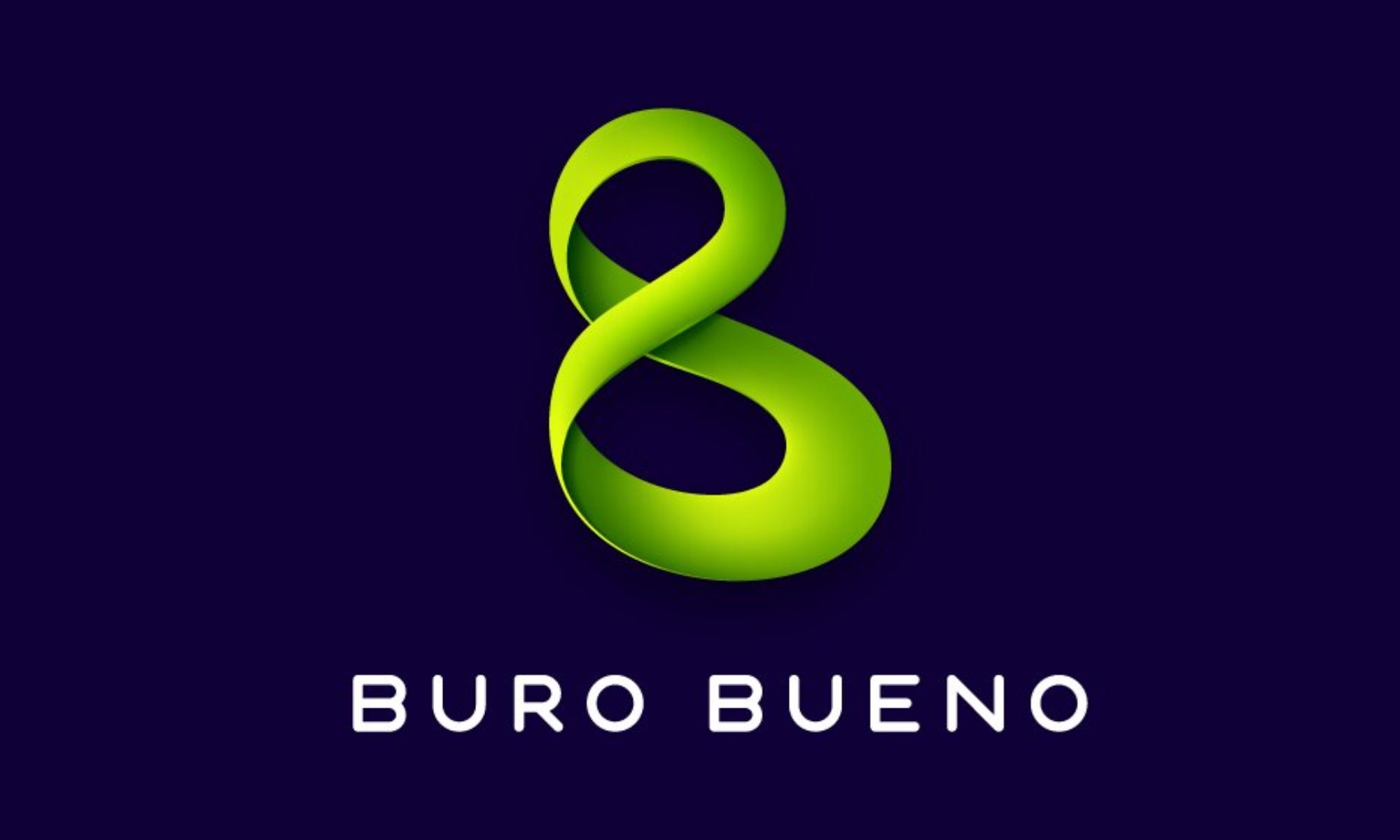The Basics of DNA Purification
DNA purification is a crucial step in many molecular assays which include PCR as well as qPCR and DNA sequencing. It eliminates contaminants like salts, proteins, and other impurities which can interfere with downstream processes. It also ensures the desired DNA is clean and present so that it can then be used in further studies. The quality of DNA can be determined by using spectrophotometry or gel electrophoresis, and other methods.
The first step in the process of purifying DNA is cell lysis. This is when the cellular structure is broken with detergents or reagents like SDS to release DNA. To further purify DNA, reagents that are protein denatured such as sodium dodecyl sulfate or Ethylene diamine tetraacetic acids (EDTA) are added to denature proteins. They then are removed from the nucleic acid solution with centrifugation and wash steps. If there is RNA present in the sample, a ribonuclease treatment could be added to further denature RNA. The nucleic acids are then concentrated in ice-cold water to separate them from other contaminants.
Ethanol can serve as solvents to remove salts or other contaminants from nucleic https://mpsciences.com/2021/04/23/dna-purification-processes-for-different-applications/ acids. Researchers can evaluate the results of different tests using the standard ethanol concentration, which is a good choice for high-throughput workflows. Other solvents, like chloroform or phenol, can be used, but they are more hazardous and require additional steps to avoid cross-contamination. Newer methods can make it easier to complete the DNA purification process using ethanol with a low-ionic strength that has been shown to be as effective as traditional organic solvents in purifying DNA [2626. This is especially relevant when used in conjunction with a spin column-based extract kit.
